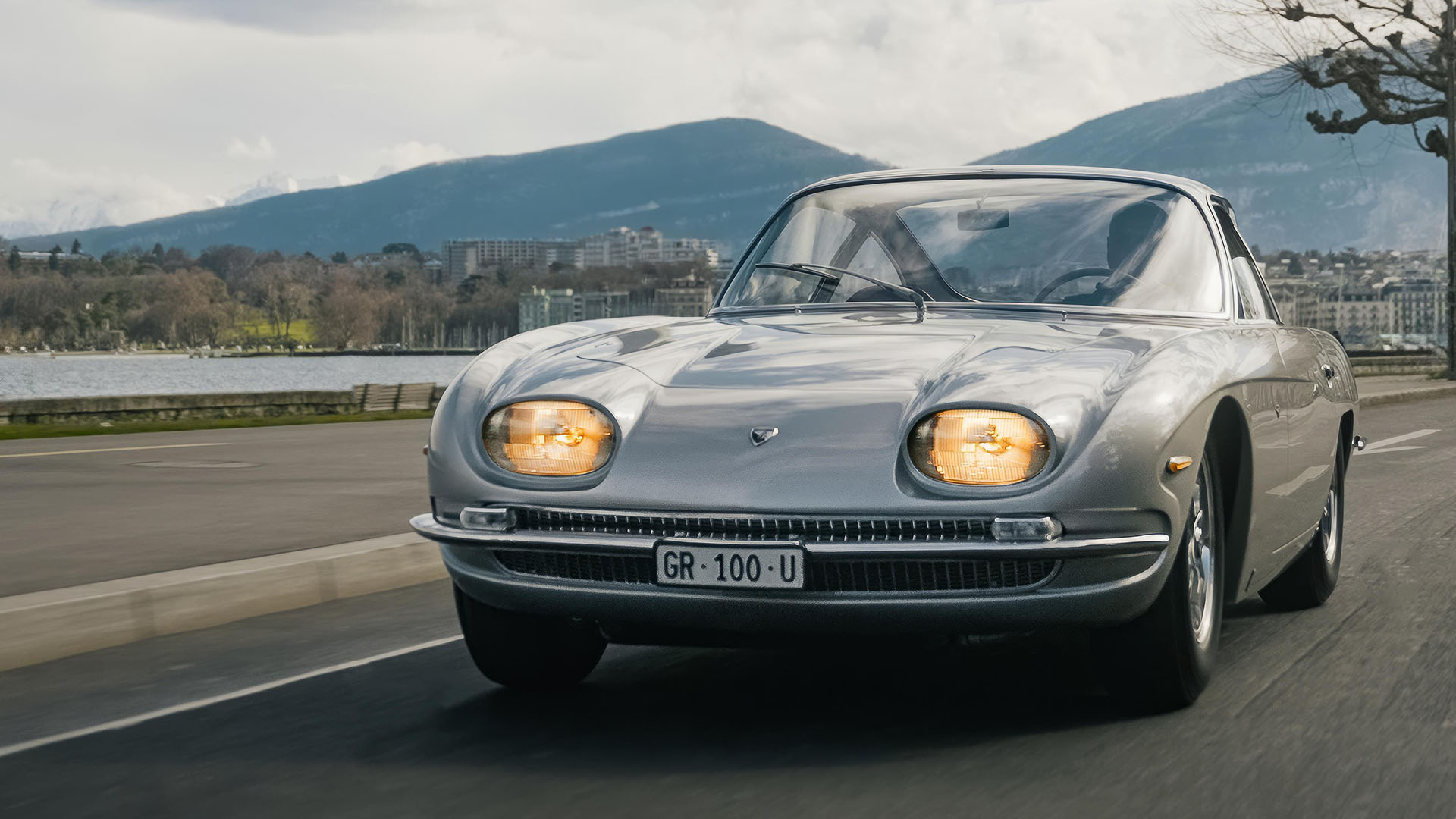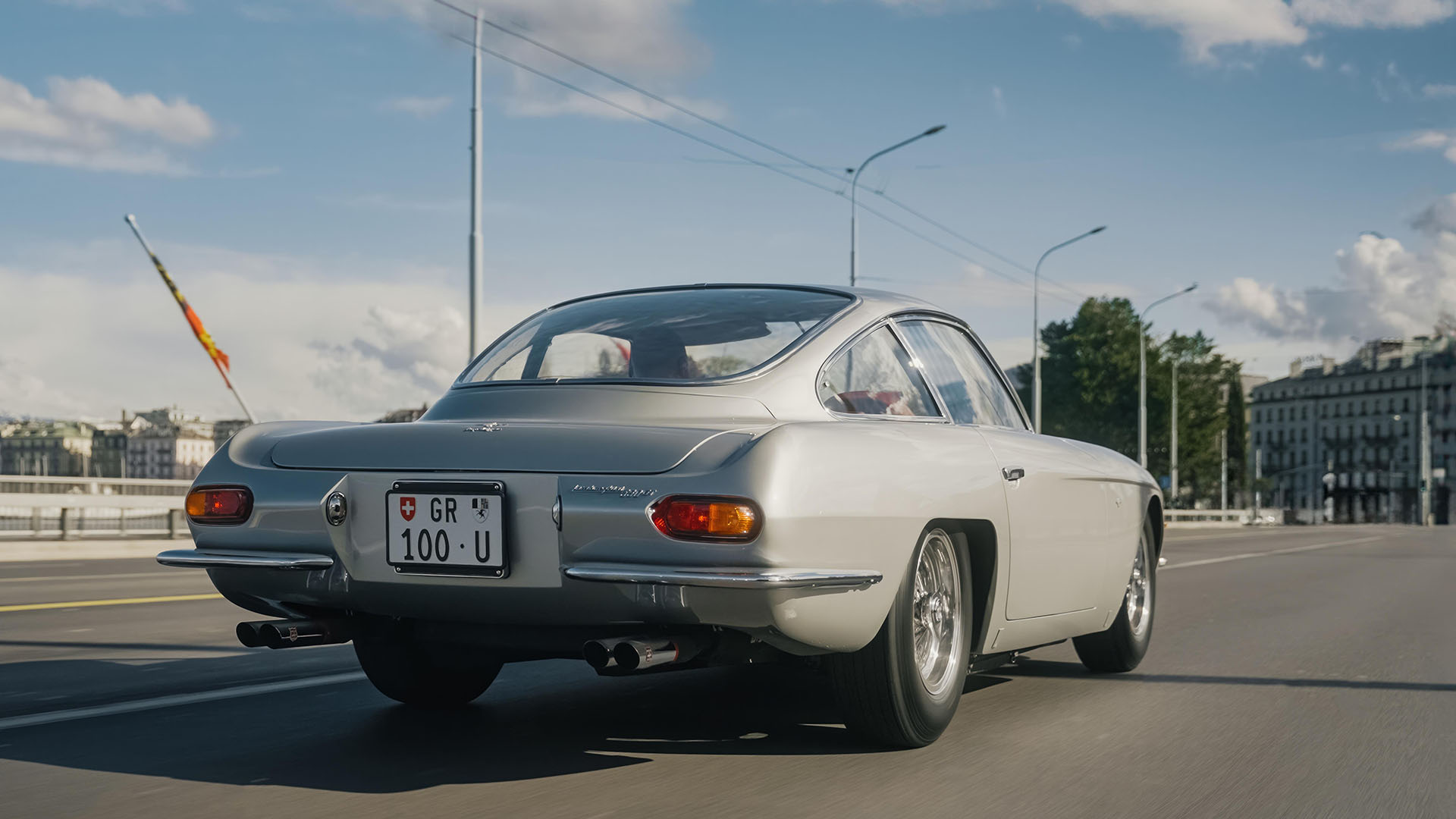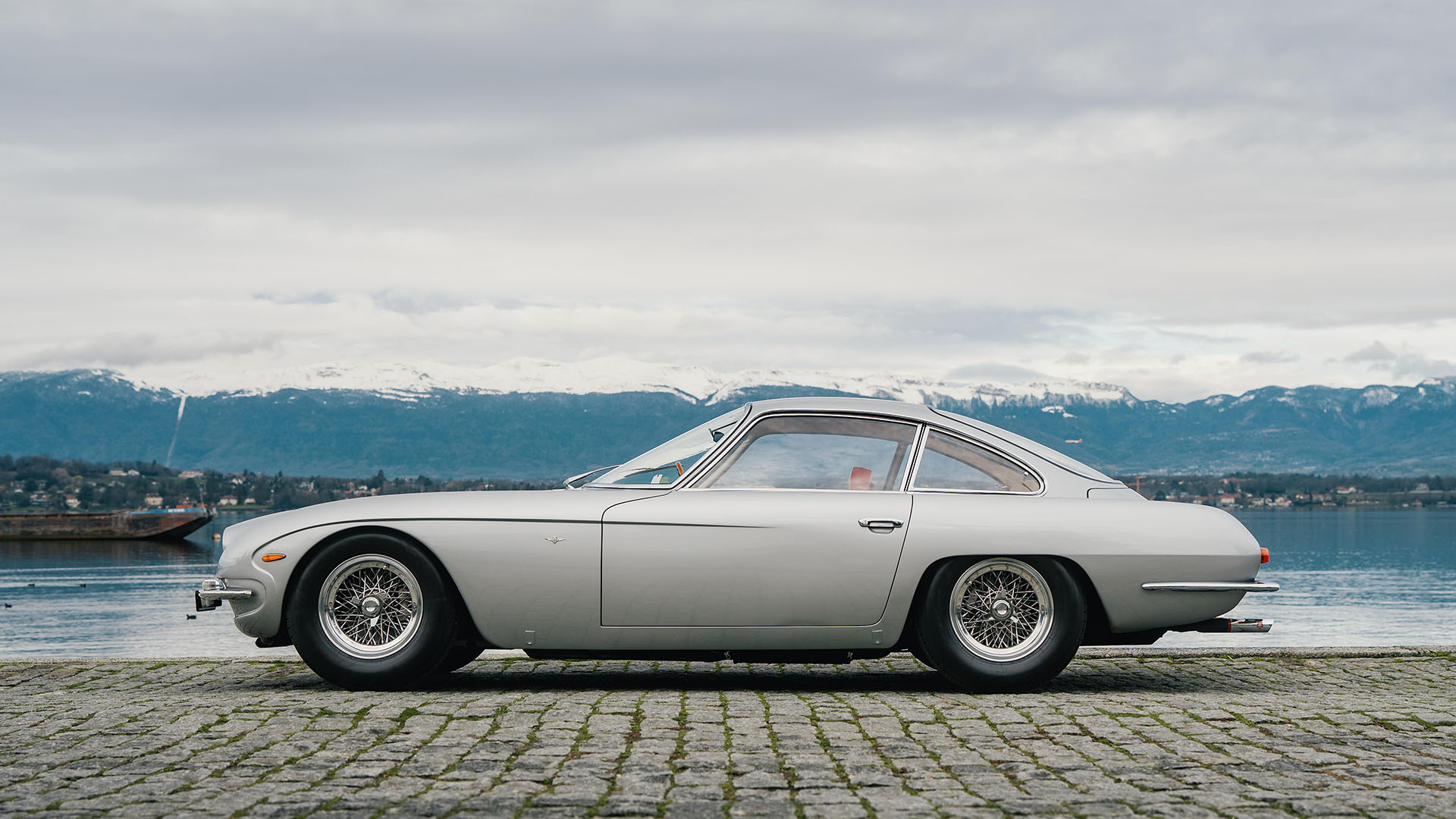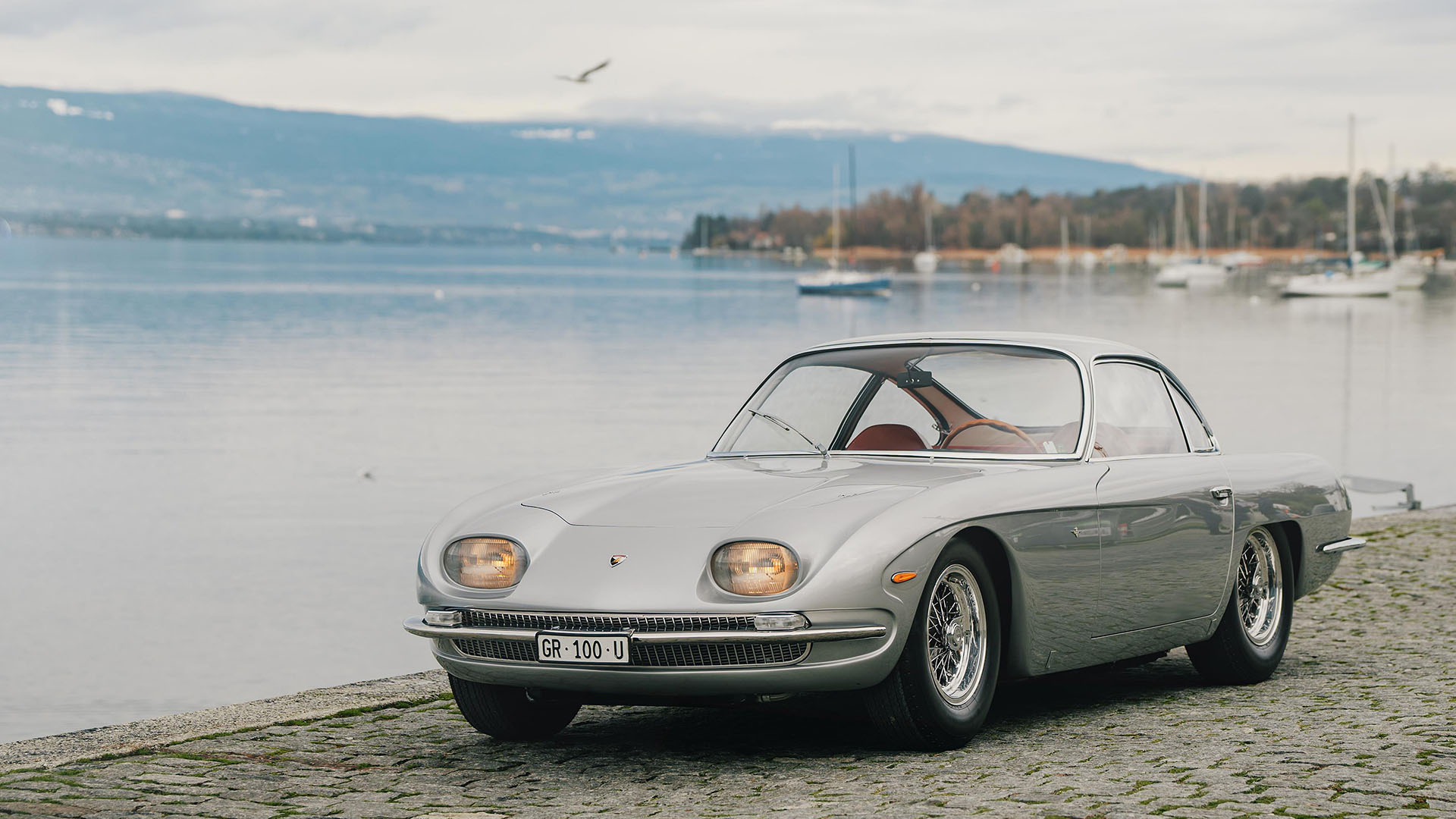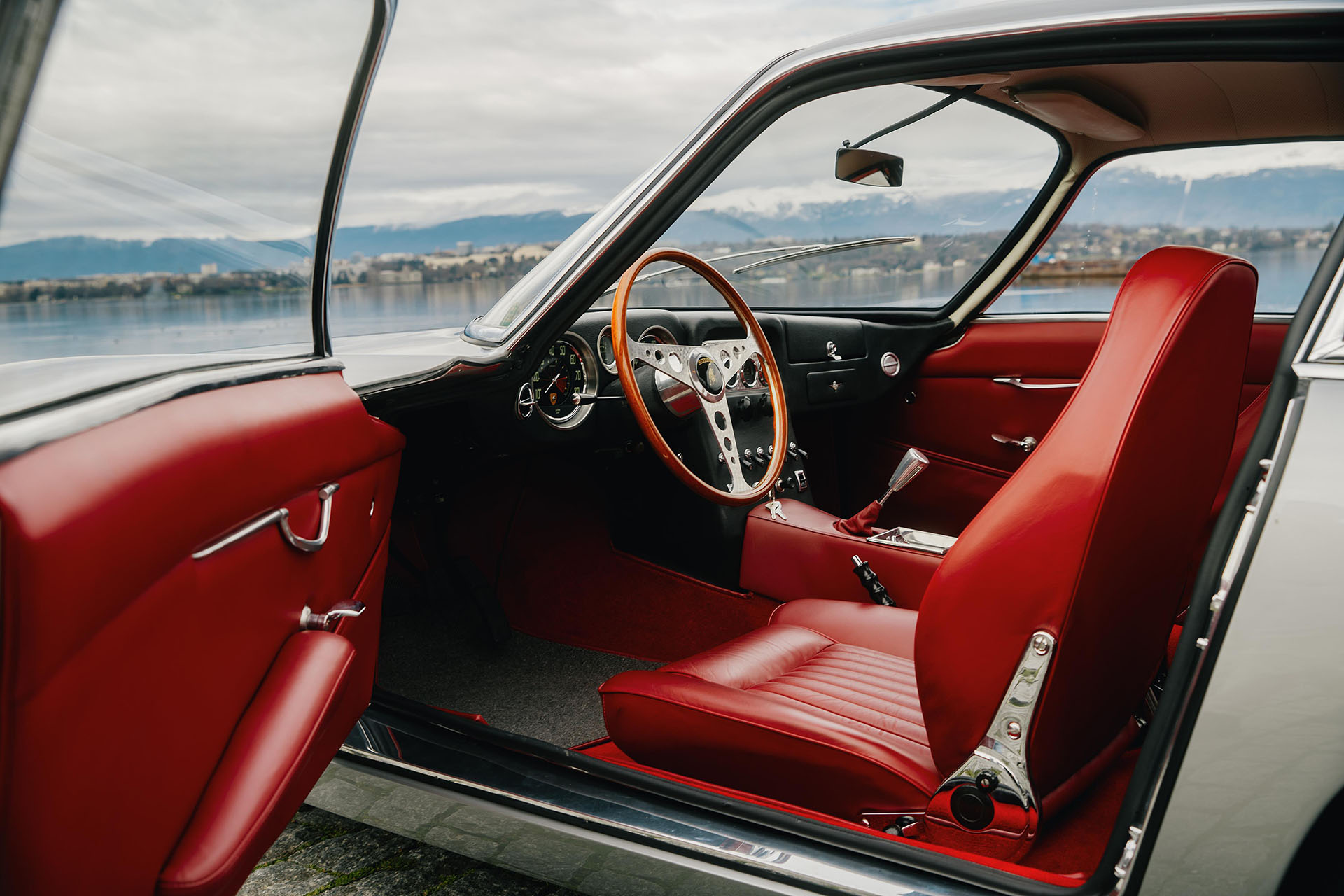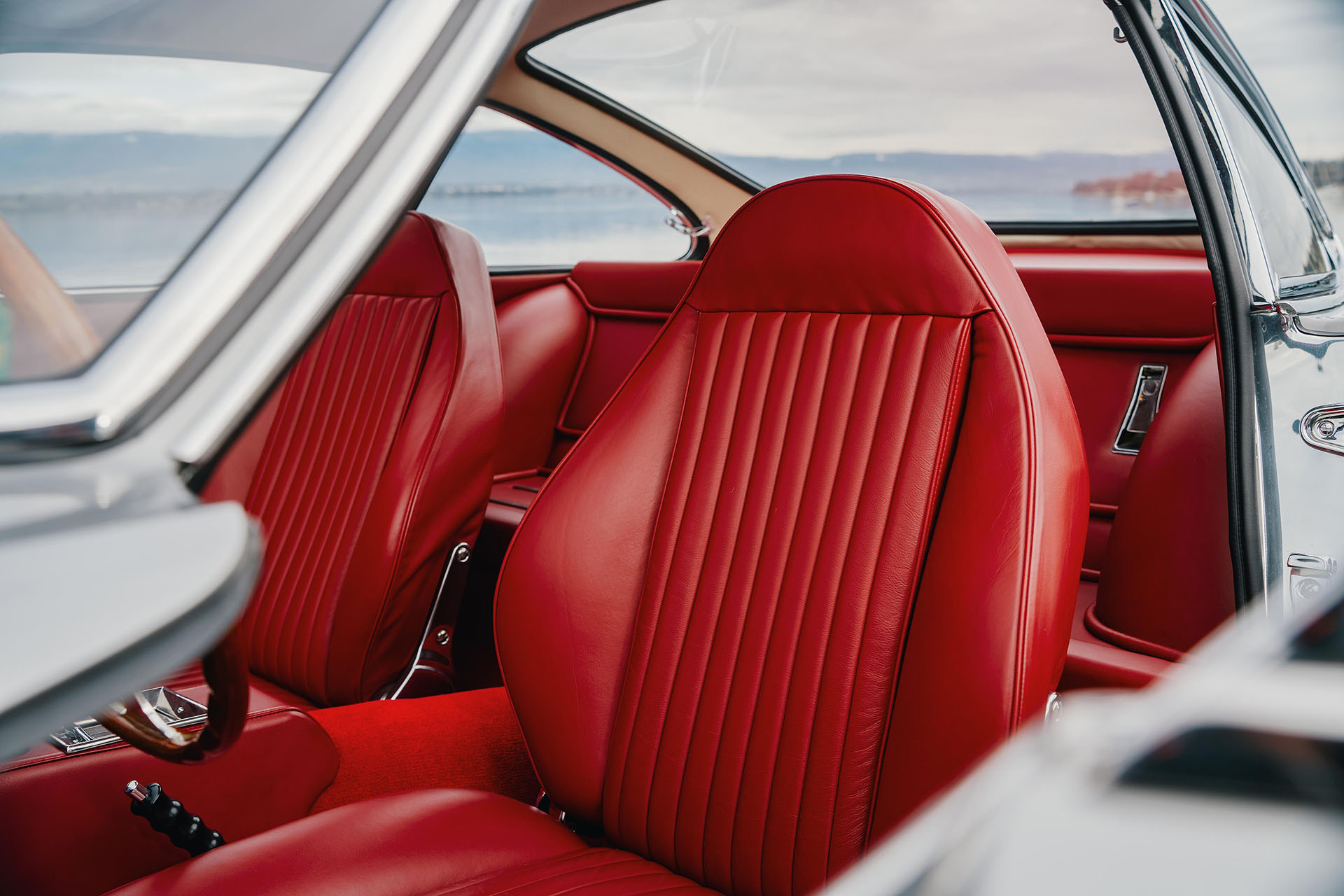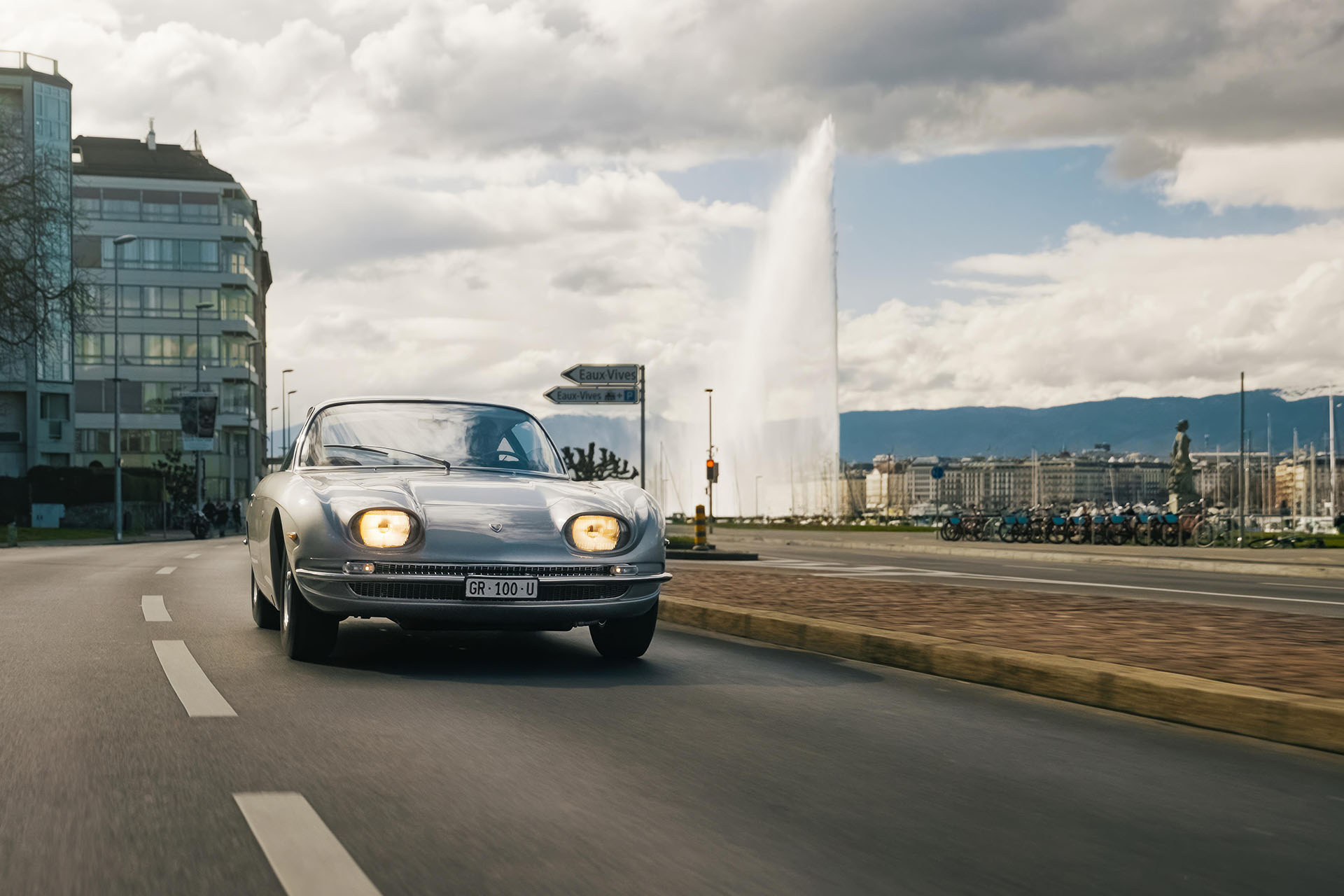Oldest Lamborghini production car returns to Geneva after 60 years

In March 1964, Automobili Lamborghini was still in its infancy. The company, founded just a few months earlier, had presented its first prototype in October 1963, the 350 GTV, designed by Franco Scaglione and built at Carrozzeria Sargiotto in Turin. The production car derived from this first prototype (which remained a one-off) was the 350 GT, presented at the Geneva Motor Show in March 1964.
Sixty years after that debut, Automobili Lamborghini is back on the streets of Geneva with the VIN 2 350 GT, the oldest production Lamborghini in existence, to celebrate the history of its first production car and the origins of the Sant’Agata Bolognese car manufacturer’s DNA.
The commercial history of Automobili Lamborghini began at the stand of the 1964 Geneva Motor Show with the public presentation of the 350 GT. From that point on, customers could purchase a car with the iconic bull symbol. From the start, the 350 GT was both fast and exceptional. The chassis and frame were the result of the work of the then very young engineer Giampaolo Dallara, who is now considered the best chassis manufacturer in the world.
The 3.5 liter V12 engine with four overhead camshafts was a design by engineer Giotto Bizzarrini, who designed it for competition use, and was developed for road use by engineer Paolo Stanzani, a key figure in the history of Automobili Lamborghini and GT in the 350 GT adapts cars all over the world. The aluminum body design and its production were carried out by Carrozzeria Touring in Milan, considered the best company supplying luxury-finished sports cars in the early 1960s.
Lamborghini’s first production model was an immediate success, attracting the attention of much of the media present in Geneva at the time. The 350 GT’s interior was of the highest standard, with widespread use of leather and chrome plating, and featured a 2+1 configuration with two front seats and a center rear seat. In addition to the design, the technology was also impressive: the four individual wheels and the engine power of 320 hp were state-of-the-art.
The engine fascinated every visitor to the stand, where Ferruccio Lamborghini himself demonstrated the car to spectators, future customers and journalists. As confirmation of its qualities, the Lamborghini V12 was converted to 4 liter displacement just a few months later in the 400 GT and in this new configuration was to become the cornerstone of Lamborghini’s success. Over the next 40 years, the same geometry would be used in different positions and variations, becoming one of the key symbols of Lamborghini’s DNA. In fact, this engine would be used in a front longitudinal position on the 400 GT, Islero, Jarama, Espada and LM 002, in a rear transverse position on the Miura and in a rear longitudinal position on the Countach and Diablo.
The first 350 GT was delivered to the Livorno-born drummer Giampiero Giusti, who was at the peak of his career with the band “I 5 di Lucca”, which later became the “Quartetto di Lucca” and is considered one of the most important jazz ensembles Success was in Italy. This marked the beginning of a close relationship between Lamborghini and the entertainment world, with many actors and musical performers becoming passionate customers of the company. The 350 GT played a starring role in the 1967 Columbia Pictures film “Kill Me Quick, I’m Cold” directed by Francesco Maselli, where it was driven by leading pair Monica Vitti and Jean Sorel.
The car on display at the Lamborghini stand in Geneva in 1964 was the 350 GT with chassis number 101 in Geneva Green Metallic color with white interior, the first car ever produced. The car, which later served as a test model for development and endurance tests, was unfortunately destroyed in a rear-end collision while stopped at traffic lights.
However, the next 350 GT with the second chassis number survived: metallic gray with red interior, dispatched from Sant’Agata Bolognese on August 15, 1964 and delivered brand new to Geneva. The same car is now the oldest Lamborghini production car in existence, perfectly restored and certified by the Lamborghini Polo Storico. This year, the Sant’Agata Bolognese car manufacturer wanted to celebrate its history and bring it back to life and in top shape on the streets of Geneva, the city where it was first delivered and presented six decades ago.

